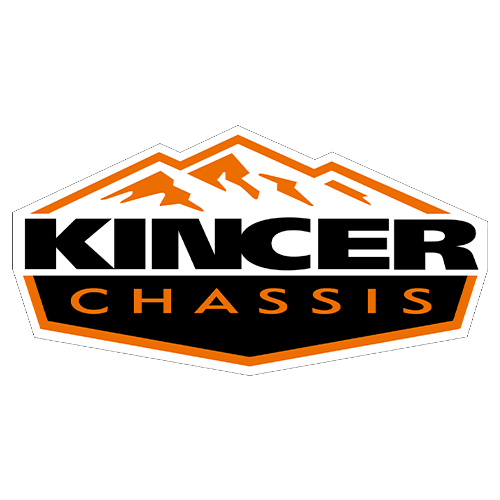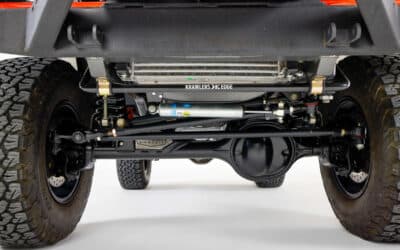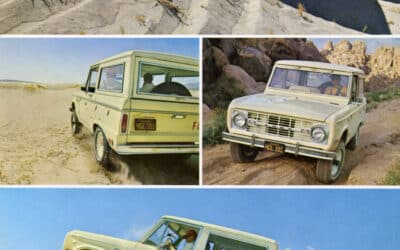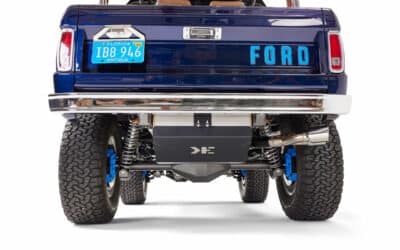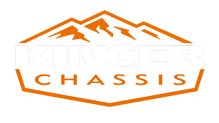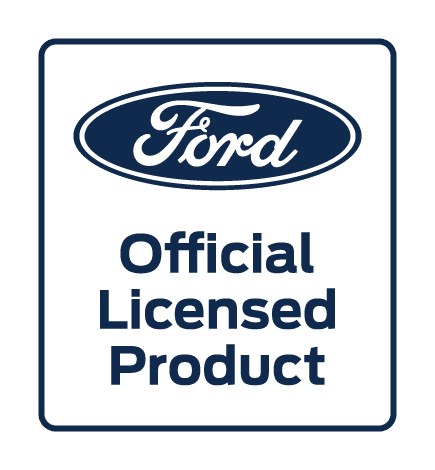The 1970’s Ford F-100 Ranger, a classic American truck, has stolen the hearts of people across the country for decades. It has that timeless appeal, and there are still a lot of them on places like Facebook Marketplace, which makes them a sought-after gem in the world of vintage vehicles.
We’ll give you valuable tips on how to find, inspect, and purchase your dream 1970 Ford F-100 Series Ranger. Let’s rediscover the classic power of vintage trucks!
Key Takeaways
- The 1970 Ford F-Series Ranger is a classic vehicle renowned for its distinctive design, impressive performance, and wide range of trim levels.
- It is possible to upgrade the engine in a classic Ford Ranger and convert it from 2WD to 4WD with conversion kits ranging in cost.
- We provide tips on finding your perfect 1970 model.
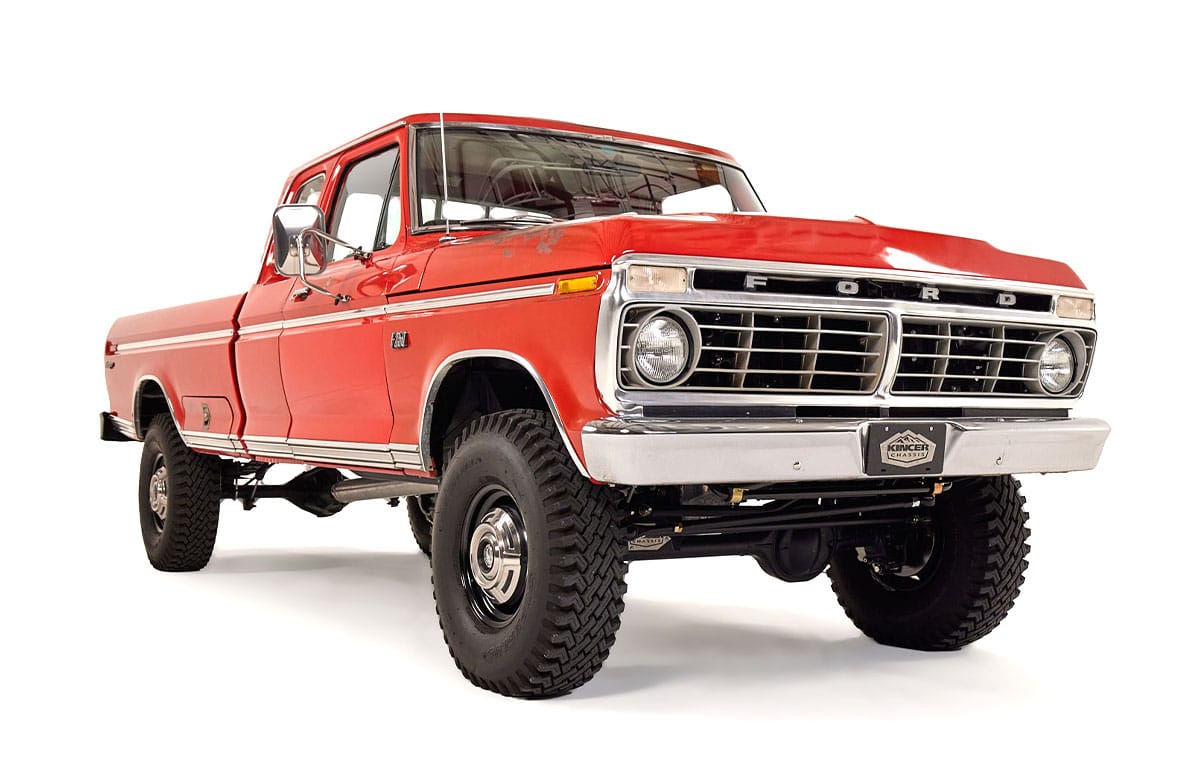
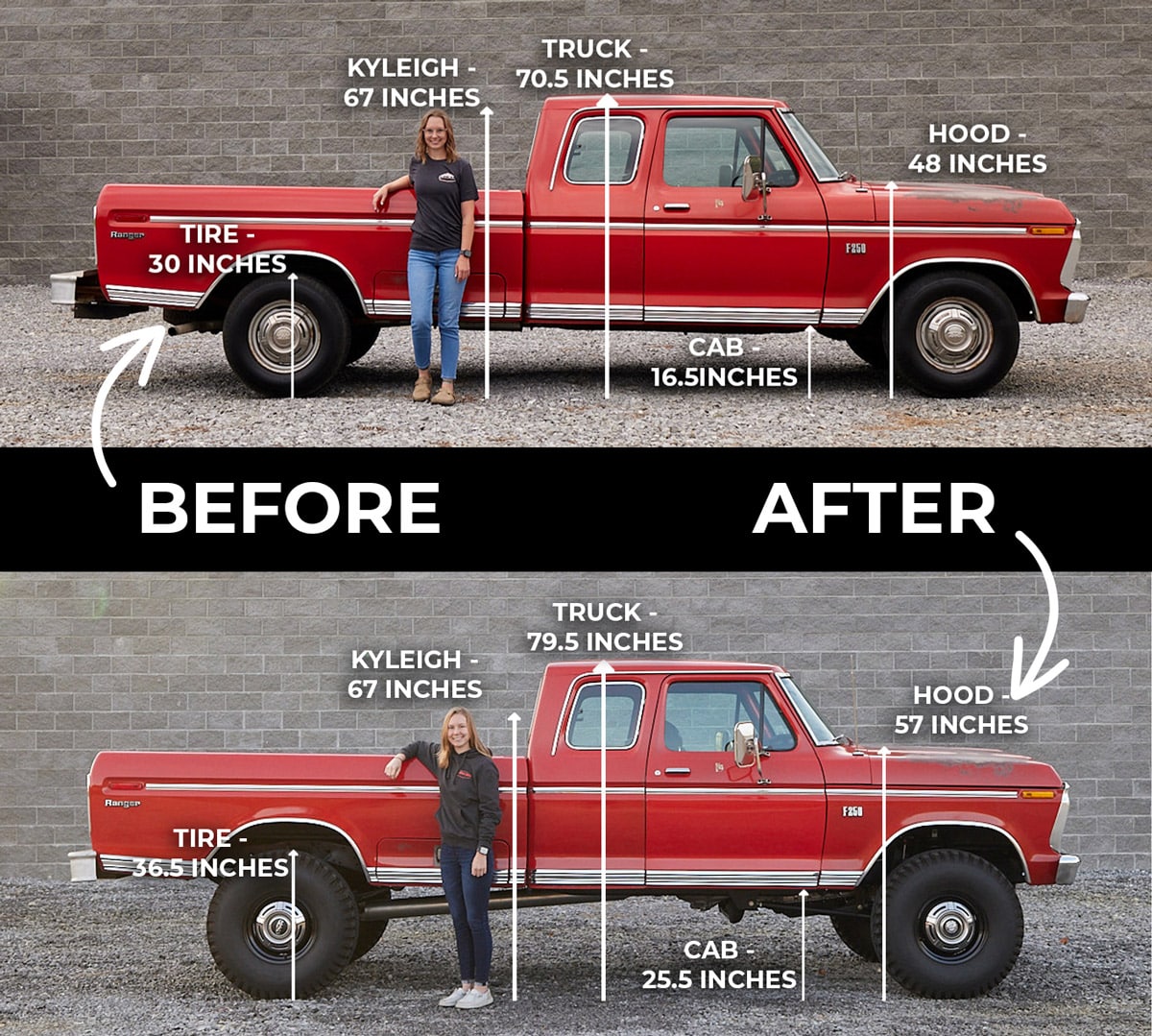
The Ford Ranger 1970: A Closer Look
The 1970 Ford Ranger, also known as the Ford F-100 Ranger, is a true icon of American automotive history. Built on the fifth-generation chassis, this remarkable truck combines an eye-catching design with impressive performance and a range of trim levels to suit various needs.
From its original engine and distinctive grille structure to the introduction of the XLT trim, there is much to admire about a 1970’s Ford Ranger trim. Let’s analyze the design, style, performance, power, and trim levels and options that make this truck and icon that is still sought after today.
Design and Style
The exterior of the 1970 model year F-Series Ranger is characterized by a pronounced horizontal crease that bisects the bodywork, straight-edged wheel well openings, and a more intricate grille assembly. Available in both long bed and short bed configurations, the truck’s design was both functional and visually appealing, with side marker reflectors ensuring visibility.
The F-100 and F-250 models were available in both Styleside and Flareside pickup designs, as well as chassis-cab configurations. They came with the option of either 4 x 2 or 4 x 4 drivetrains. The F-350 model was offered in Flareside pickups, along with single or dual rear wheel stakes and chassis-cab options. Both Custom and Sport Custom variants could be chosen across all chassis and body types. The Ranger and Ranger XLT models, however, were specifically available as Styleside pickups and in chassis-cab forms.
The Styleside truck exterior features bright side, rear window and roof rail drip moldings and hub caps. Stylesides included bright tailgate latch handle and full tailgate panel, a rocker panel and wheel lip moldings were optional. Styleside pickups also had all-steel bodies with double-wall side panels and tailgate for optimum strength.
Exterior Styleside decor on the XLT included bright side moldings with woodtone inserts, bright rocker panel and wheel lip moldings, and woodtone tailgate panel.
The standard color options for the 1970 Ford Ranger were diverse, including New Lime, Explorer Green, Crystal Green, Diamond Blue, Acapulco Blue, Harbor Blue, Morning Gold, Raven Black, Royal Maroon, and more. Some models even came with factory-installed air conditioning for added comfort.
Built to conquer any terrain. Explore the capabilities and modifications of lifted old Ford trucks, the ultimate off-road companions.
Moving inside the cabin, the 1970 Ford Ranger truck trim offered:
Ranger Styleside pickup and chassis-cab interiors included:
- Woodtone instrument panel trim
- Bright headlining retainer molding
- Color-keyed pleated vinyl door panels with bright moldings and woodtone inserts
- Bright seat-pivot arm covers
- Ranger plaque on glove box door.
Ranger XLT Stylesides and chassis-cabs offered the highest-style appointments in the industry.
Inside in addition to, or in place of Ranger equipment:
- Pleated cloth and vinyl seat upholstery
- Color-keyed wall-to-wall carpeting
- Special weather and sound insulation
- Convenience group (cargo and engine compartment lights, glove box door lock, 12-inch day/ night mirror)
- Sound-absorbing perforated headliner •
- Bright instrument panel molding on right side and heater modesty panel with woodtone insert.
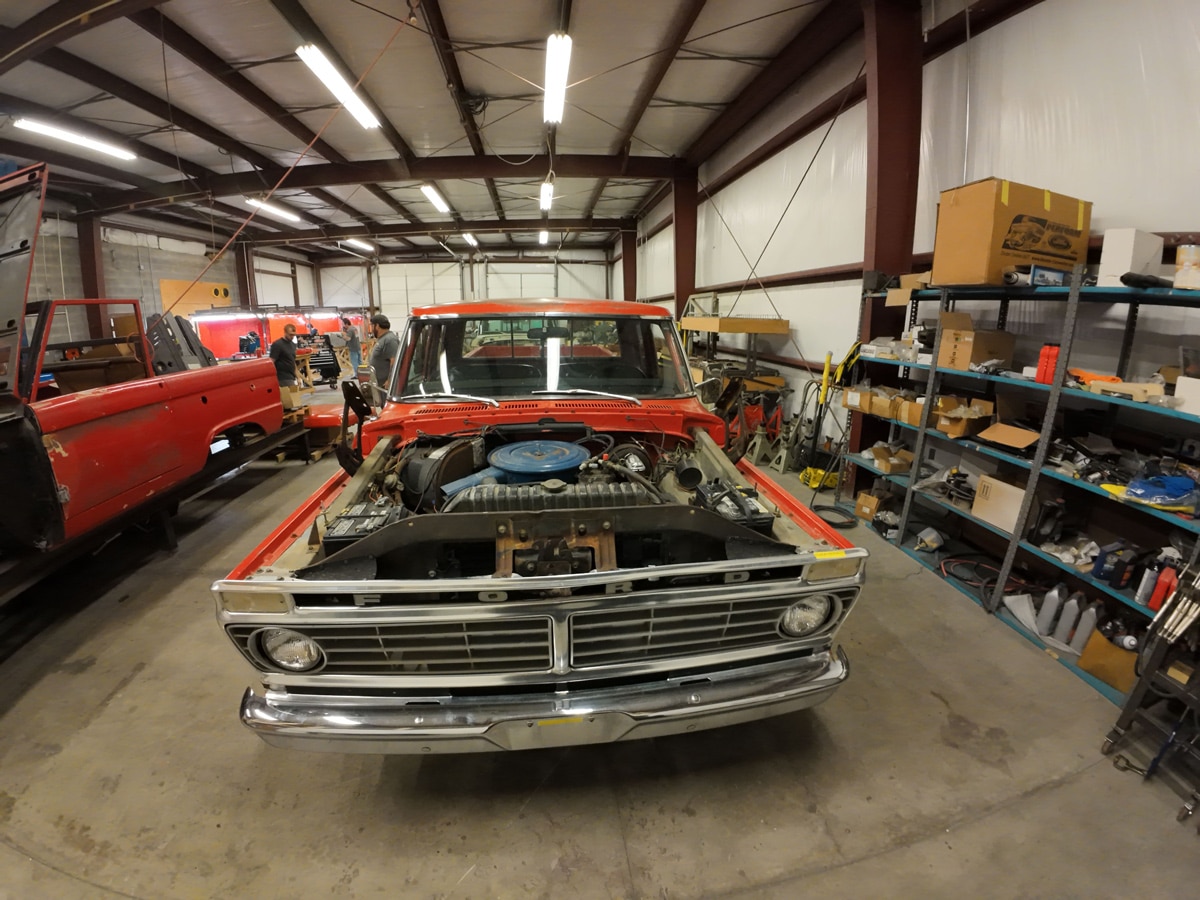
Performance and Power
The 1970 Ford Ranger was notable for its strong performance, thanks to its various engine options. Some options include:
- 40 CID I6: Available from 1967 to 1972, initially producing 150 horsepower.
- 300 CID I6: Available from 1967 to 1972, producing 165 horsepower.
- 302 CID V8: Available from 1969 to 1972, producing 205 horsepower.
- 360 CID FE V8: Available from 1968 to 1972, initially offering 215 horsepower.
- 390 CID FE V8: Available from 1968 to 1972, initially with 255 horsepower.
The power and performance of the 1970 Ford Ranger made it a formidable presence on the road.
Trim Levels and Options (including power steering)
All Ford Pickups in 1970 model year gave you the roomiest cab interior in the industry at the time. Ford’s wide, deep- cushioned seats could easily hold three people. The original upholstery was practical and long wearing. All interiors were color-coordinated with the exteriors of the trucks and featured sun visors and armrests with squeeze latch door handles and seatbelts. Other standard items included two-speed windshield wipers, day/night mirror, bright LH exterior mirror, backup lights, and turn signals.
You could get your truck in the custom interior trim, sport, custom cab, Ranger, and Ranger XLT.
The F-250 and F-350 came as Camper Special which was designed to carry an 11-ft pickup or chassis-mounted camper. The Camper Special was definitely made with family camping in mind!
Ford Camper Specials featured a sliding rear window that allowed communication between cab and camper and a special wiring harness that had 12-volt, 7-wire sealed cable for camper interior and exterior lighting.
Ford also designed a vast range of utility, comfort and convenience options including auxiliary 25 gallon frame-mounted fuel tank for a total of 44.5 gallons, power steering, power front disc brakes, and many more options.
You could even buy a few more “ready-to-go-to-work specials vehicles” like the Ford Heavy duty special.
The Ford Heavy Duty Special included:
- Heavy-duty front springs
- Heavy-duty battery
- Heavy-duty alternator
- Ammeter
- Oil pressure gauge
- Sturdy rear step bumper
- Dual bright Western swing-lock mirrors
- “Heavy Duty Special” insignia
Ford Contractor Special:
- Contractor box with key-lock. fold-down doors mounted on both sides
- Sturdy rear step bumper
- Dual bright Western Long Arm Mirrors
- Contractor Special” insignia
Ford Farm & Ranch Special:
- Front and 9-inch-high side cargo boards
lock mirrors - Sturdy rear step bumper
- Dual bright Western Long Arm Mirrors
- “Farm & Ranch Special”
insignia
Crew cabs were available on the Ford F-250 (4 x 2 and 4 x 4), F-350 and F-600 models. They wanted to create a convenient way to transport your personnel and all your tools to the job in a single vehicle. Crew cabs were offered with 6½-ft. short bed or 8-ft. long bed with Style-side and Flareside pickup bodies, or as chassis-cabs with a wide choice of custom-tailoring options.
In 1965, Ford equipped the Twin I-Beam front suspension on all F-100 and F-250 models, simultaneously making power steering available as an option. However, at that time, the majority of buyers did not choose this feature because of the price, viewing it as an unnecessary luxury.

Evolution of the Ford Ranger
The Ford F-100 Ranger has undergone some transformations since its inception. From the first generation of trim on a truck to the present day standalone, the Ranger has evolved to become a reliable truck, catering to the needs of various markets. As we trace the history and development of the Ford F-100 Ranger and Ranger XLT, we will show you the innovation and perseverance that went into making this truck a global icon.
We will:
- Analyze the origin and significance of the Ranger name
- Identify the earliest Ford Ranger model and Ranger Trim
- Discuss the horsepower ratings of the various engine options for the 1970 Ford F-Series F-100 Ranger
- Examine the feasibility and benefits of upgrading the engine in a classic Ford F-100 Ranger.
The Ranger Name
The “Ranger” name has a rich history within the Ford brand. It first appeared on a 1950 Ford Panel Delivery Truck that was modified to 4-Wheel Drive by the Marmon-Harrington company. The name was later adopted by the Edsel division for various model lines and eventually introduced as an upscale package for the fourth-generation line of F-series pickup before becoming the designation for Ford’s compact pickup trucks in 1983.
The Ranger name has since become synonymous with Ford’s mid-size pickup truck lineup, symbolizing versatility, power, and style. This enduring legacy of the Ranger name attests to Ford’s commitment to innovation and the continued evolution of its truck offerings.
How Much Horsepower Does a 1970 Ford Ranger Have?
The horsepower of the 1970 Ford Ranger and Ranger XLT varied depending on the engine option chosen ranging from 150hp to 255hp.
This power rating was comparable to other trucks of the same era. The fuel type used by the 1970 Ford Ranger also played a role in its performance, as the truck required a recommended octane rating of 94.1 to prevent spark knock or pinging, thus increasing its horsepower and performance.
The various engine options and horsepower ratings of the 1970 Ford Ranger contributed to its international reputation as a powerful and reliable truck. These factors, combined with its timeless design and versatile trim levels, make the 1970 Ford Ranger a desirable classic for automotive enthusiasts to this day. Similar to a Bronco from the same time, this generation of trucks are only growing in popularity in the USA and internationally!
Can You Put A New Engine in An Old Ford F-100 Ranger Truck?
The idea of upgrading the engine in a classic Ford Ranger is an intriguing one, as it can yield numerous benefits such as:
- Enhanced performance and torque
- Increased dependability
- Improved fuel economy
- Simplified maintenance
- Extended life
- Higher potential resale value
The 1970 F-Series Ranger will work with a range of new crate engine options, like the 7.3 Godzilla engine and the 5.0 Coyote engine from Ford.
The cost of a new engine in a classic Ford trimmed Ranger can range from $4,000 to $20,000, depending on labor rates and the engine selected. Note that while the conversion process may be detailed, conversion kits are available to make it as straightforward as possible. People that are used to working on trucks may find this a rewarding DIY project, but it is recommended to seek professional assistance if you’re not comfortable with the process.
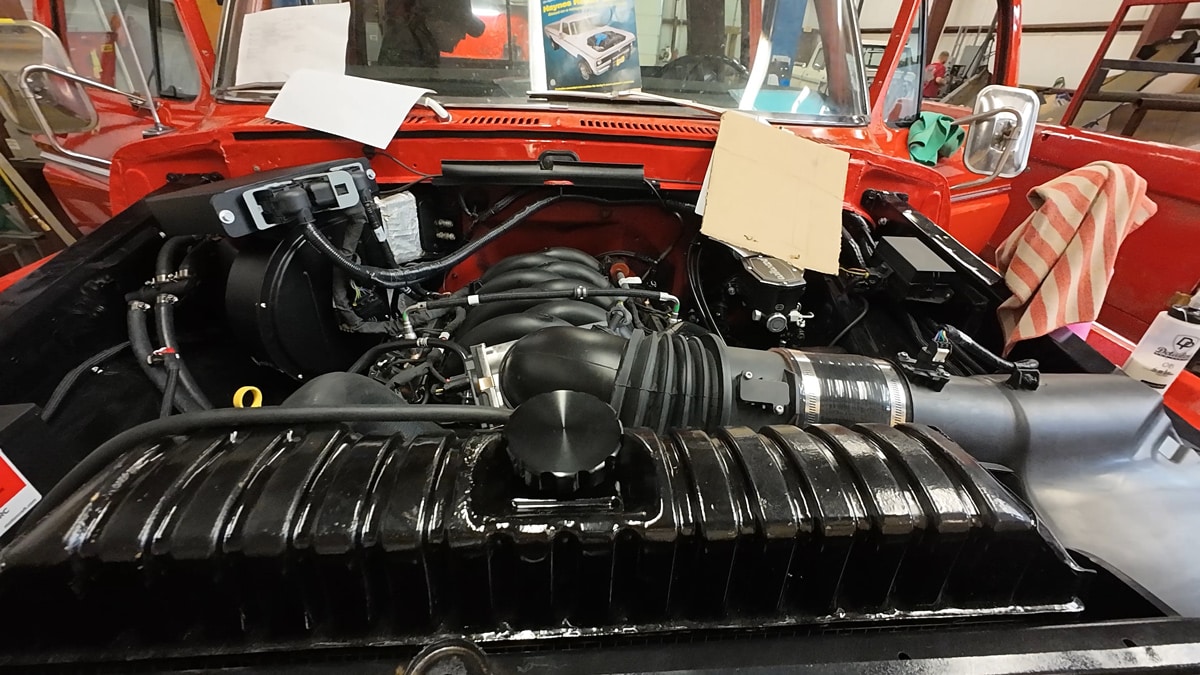
Upgrading and Restoring the 1970 Ford Ranger Trimmed Truck
Restoring and upgrading a classic 1970 Ford Ranger can be a rewarding experience, breathing new life into a timeless piece of automotive history. No one wants to see these F-series trucks rust away parked in someone’s yard or in an old barn! We’re here to save the classics! You can still find stock Ford F-100 Ranger trucks with an original engine, paint, radio, and patina out there. You just have to look!
With the right approach, tools, and resources, you can transform your vintage Ranger into a stunning showpiece or a reliable daily driver.
Did the 1970 F-100 Ranger Come As a 2WD?
Yes, the Ford F-100 Ranger was available as a 2WD in 1970. The 2WD and 4WD Ford Ranger 1970 models featured different frames and suspension systems, as well as distinct rear cab mounts and engine cross members. The 2WD Ford Ranger in 1970 had the advantage of improved fuel economy, lighter weight, and possibly lower sales costs.
Can You Convert a 2WD F-100 Ranger to 4WD?
Converting a 2WD Ford F-100 Ranger to 4WD is possible, and doing so can increase the truck’s versatility and ability to traverse difficult trails, go off-roading, and manage challenging weather conditions. The conversion process requires the use of specific kits that include components such as:
- Front coil buckets
- Shock mounts
- Frame box
- Track bar mount
- Engine crossmember
- Axle housing
- Inner Cs
- Radius arm mounts
- Inner axle shafts
- Extended radius arms
- Track bar
- Axle seals
- Coil cups
- Various other hardware
The cost of conversion kits can range in price from $1,399 for the basic setup to $10,999 for a complete, assembled kit. While the conversion process is intricate, conversion kits are available to make the process as straightforward as possible. Those familiar with auto mechanics may find this a rewarding DIY project, but it is recommended to seek professional assistance if not comfortable with the process.
Buying Guide: Finding Your Perfect 1970 Ford Ranger Truck
Locating, inspecting, and purchasing a classic 1970 Ford Ranger can be both exciting and challenging. To find the ideal truck that suits your needs and preferences, consider factors such as:
- Condition
- Maintenance history
- Originality
- Features and options
- Price
- Longevity
- Documentation
When assessing a 1970 Ford Ranger, be aware of potential common issues such as oil leaks, overheating problems, timing belt condition, cylinder compression, engine smoking, and previous starting issues. To verify the authenticity of a 1970 Ford Ranger, inspect features such as the 3 5/8” wide upper body side moldings with black painted inserts for regular Rangers and wood-grained decals for Ranger XLT models, and check the VIN number, which is stamped in two locations, one of which is on top of the right frame rail.
Summary
The 1970 Ford Ranger is a true icon of American automotive history, combining timeless design with impressive performance and a range of trim levels to suit various needs. From its origins as a premium F-Series trim level to its evolution into a powerful and reliable truck with worldwide appeal, the Ranger has captivated the hearts of automotive enthusiasts for decades.
Whether you’re restoring a classic 1970 Ford F-100 Ranger, upgrading its engine, or searching for the perfect vintage truck to call your own, the enduring legacy of the Ford Ranger serves as a testament to Ford’s commitment to innovation and the continued evolution of its truck offerings. Embrace the power and allure of the 1970 Ford Ranger, and let it inspire your passion for classic trucks.
Frequently Asked Questions
What year did the first Ford Ranger come out?
The first “Ford Ranger” truck was released in 1983. The first use of the Ranger name by Ford was in 1965 as a trim package for F-Series trucks.
Did Ford make a Ranger in 1968?
Yes, Ford made the Ranger pickup in 1968.
What are the key design features of the 1970 Ford Ranger?
The 1970 Ford Ranger is characterized by a horizontal crease bisecting the bodywork, straight-edged wheel well openings, and an intricate grille assembly.
Can you convert a 2WD Ford Truck with Ranger Trim to 4WD?
Yes, it is possible to convert a 2WD Ford Ranger to 4WD using specific conversion kits and components, however, professional assistance is recommended if you’re not familiar with the process.
